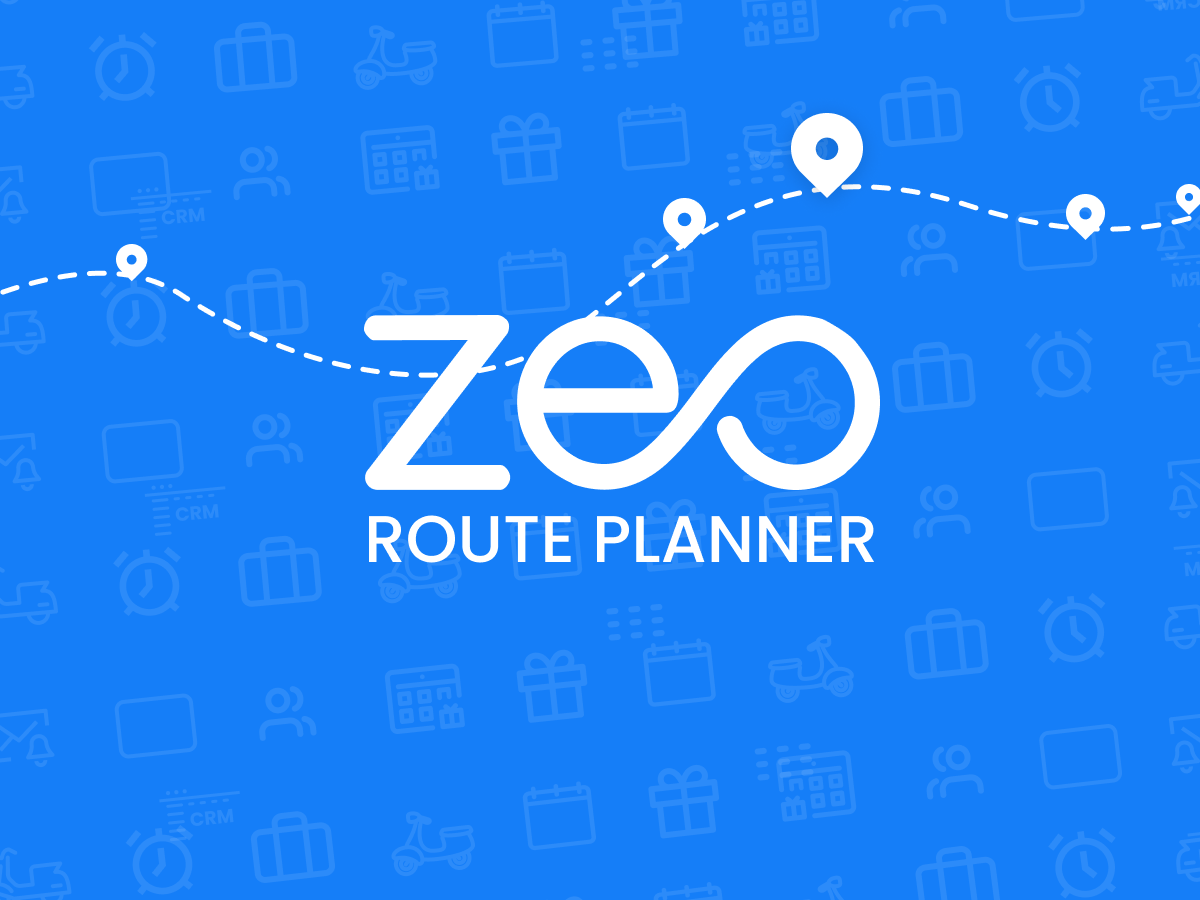FAQ’s
We’re here to help!
Mobile Route planner
Zeo’s mobile application where you can create customized routes for yourself or manage and run routes for your fleet owners.
Web Single Driver
Web platform where you can create routes, track progress and manage your operations.
This is for individual drivers.
Web Fleet Manager
Fleet manager where you can create routes for your drivers, track their progress, coordinate with customers and manage your operations. This is for large fleet of multiple drivers.






















